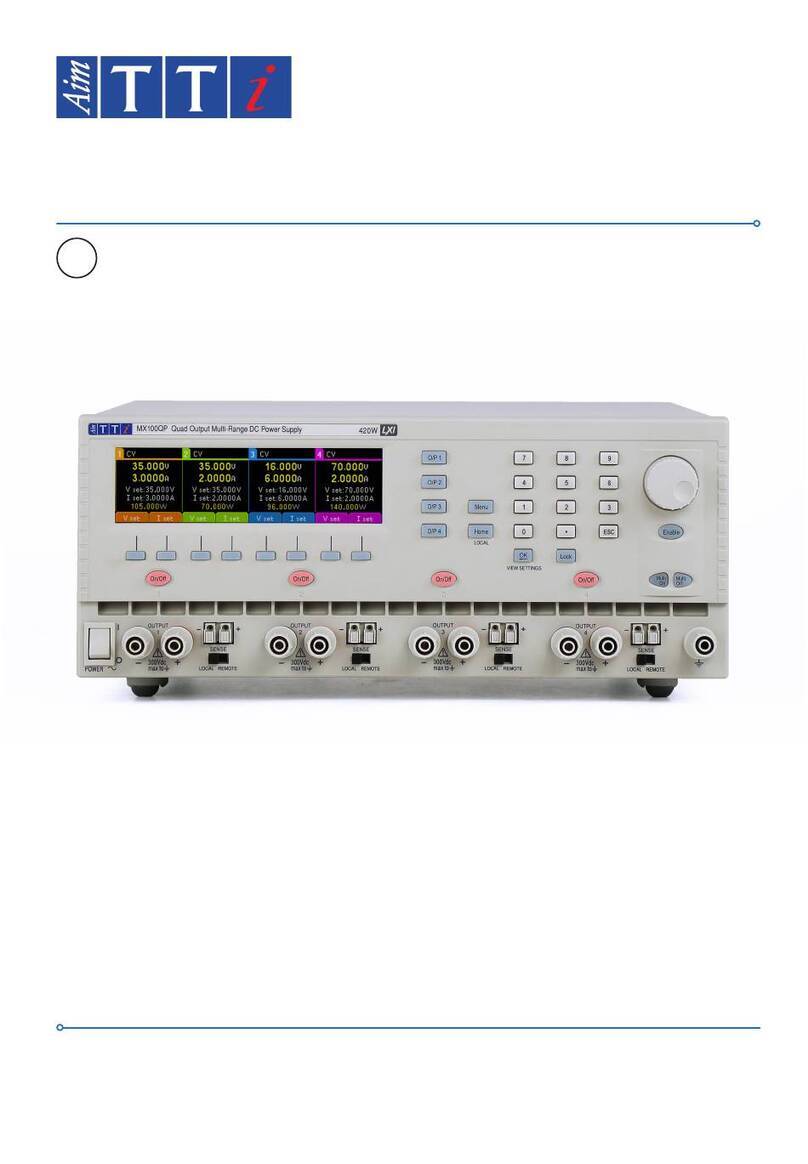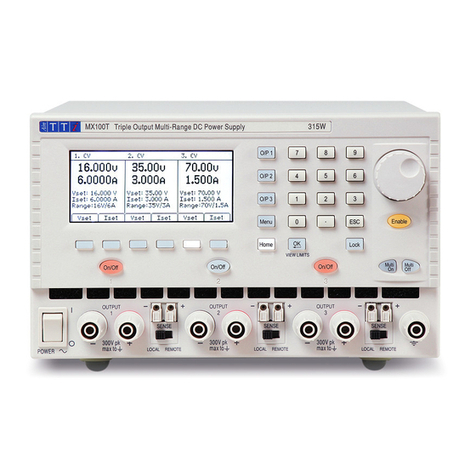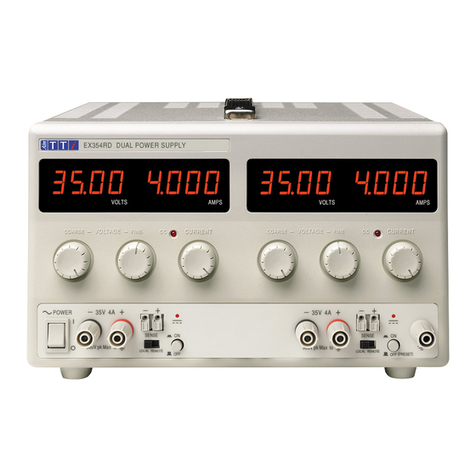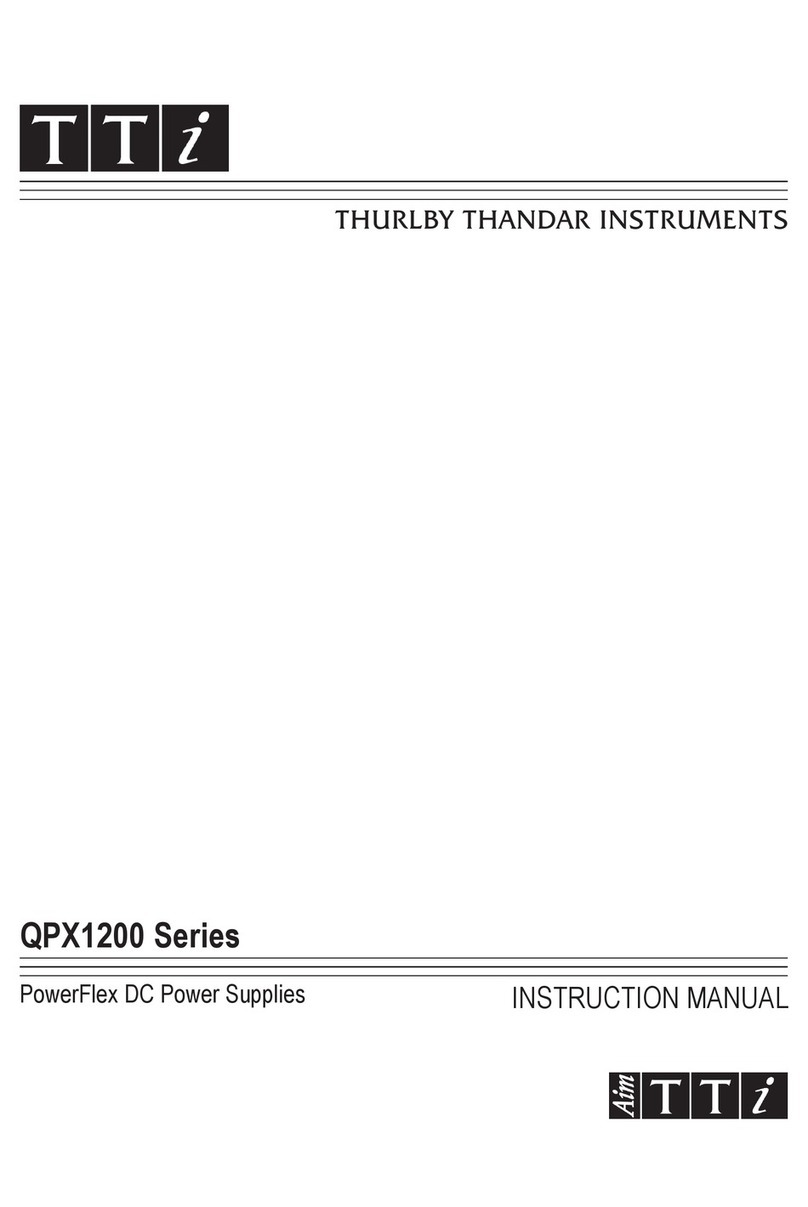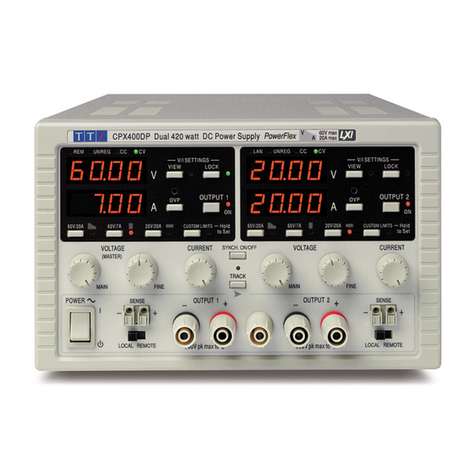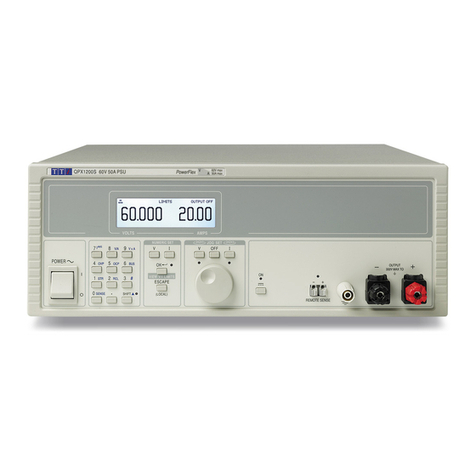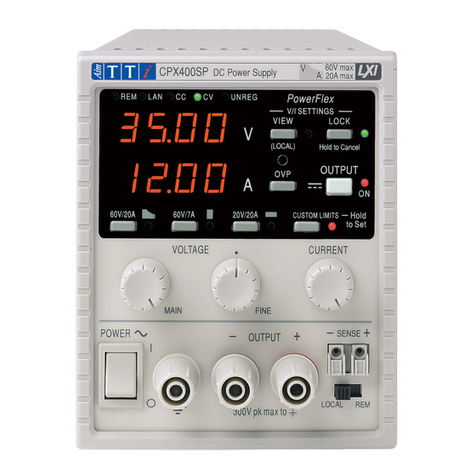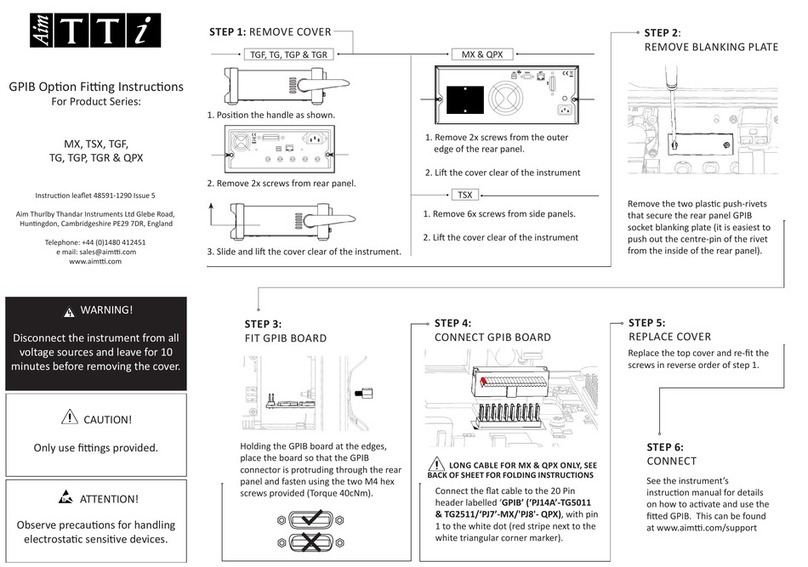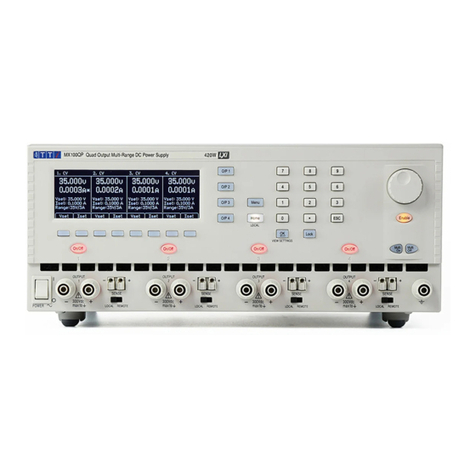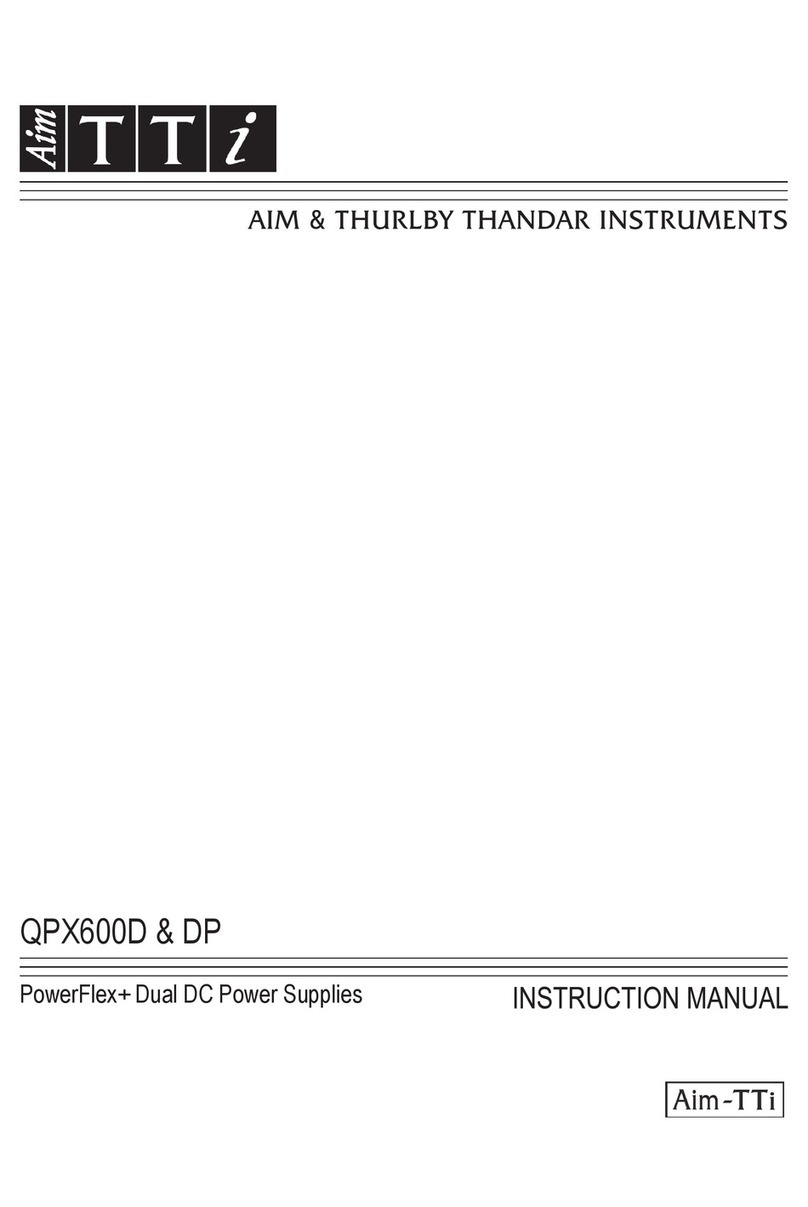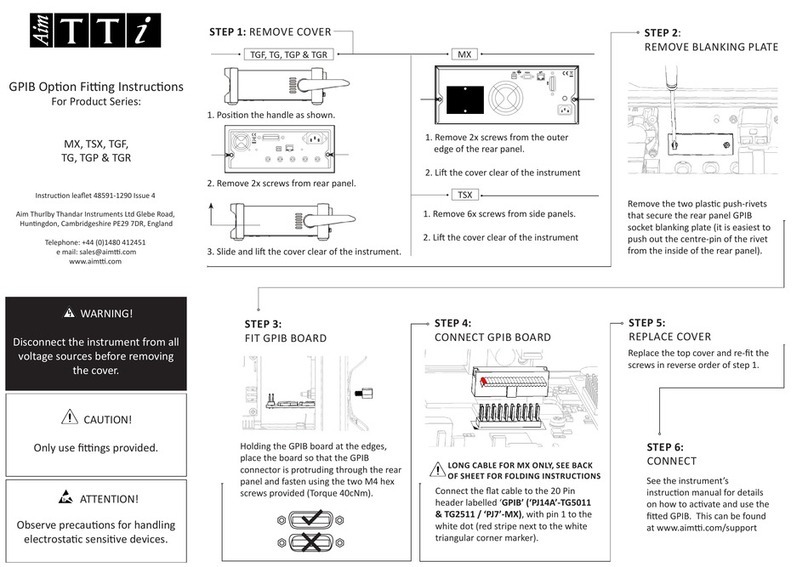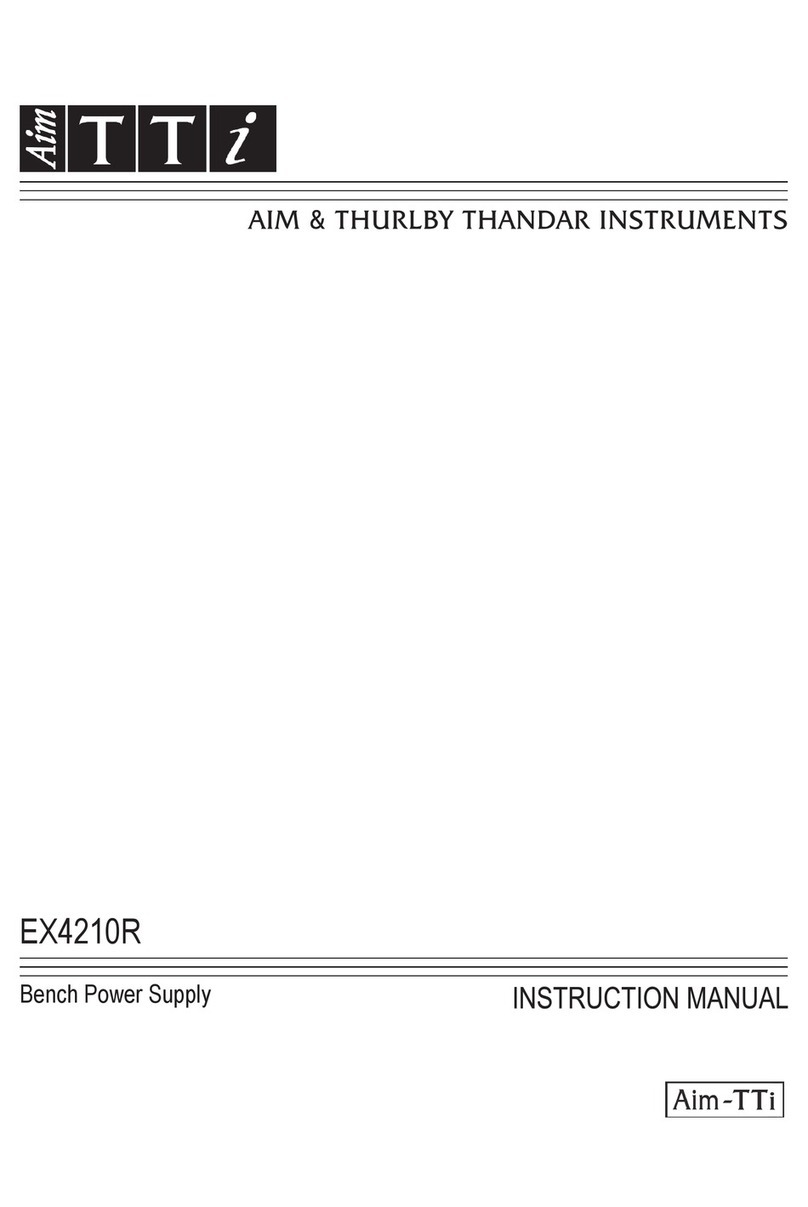2
Introduction
Unmatched Precision, Unrivalled Performance
The QL series II provides the highest performance levels available in a laboratory power supply.
Voltage and current are controlled using 16 bit DACs enabling voltages to be set to 1mV resolution
even at full output. Indeed, the accuracy is sufficient for the PSU to be used as a calibration
source for some hand-held DMMs.
The QL series II uses pure linear technology and offers unrivalled performance in terms of
regulation, output noise and dynamics. Line and load regulation are close to the limit of
measurement. Output noise is less than 350µV rms in CV mode and down to 20µA rms in CI
mode. Recovery time from transient current pulses is better than 50µs.
It provides full remote sense capability via dedicated sense terminals. Remote sense is essential
to maintain precise regulation at the load. When remote sense is not required, internal local
sensing can be selected at the touch of a button.
Multiple Ranges for Greater Flexibility
The QL series II provides multiple ranges for increased current capability at lower voltages. The
main range offers 0 to 35 Volts at up to 3 Amps (QL355) or 0 to 56 Volts at up to 2 Amps (QL564).
The higher current range provides up to 5 Amps for voltages up to 15V (QL355) or 4 Amps for
voltages up to 25V (QL564). A further low current range provides enhanced current setting and
measurement resolution of 0·1mA.
The product of voltage and current can be displayed at any time by pressing the VxA button. The
power is displayed to a resolution of 0·01 Watts.
Fast, Simple and Safe to use
The user interface of the QL series II has been carefully designed to provide rapid control whilst
guarding against any possibility of error.
Voltage and current setting can be performed either by direct numeric entry or, for applications
where the voltage or current must be gradually changed, by using the quasi-analogue Jog control.
To enable the current limit to be set before connecting the load, the limit setting is displayed when
the output is off. Pressing the View Limits key at any time provides a temporary display of the limit
values allowing precise adjustment to also be made with the output on.
Setting Memories for Added Convenience
The QL series II provides storage of up to 50 power supply sets-ups in non-volatile memory for
each main output, plus (T models only) a further 50 set-ups for linked mode operation, plus 10 set-
ups for the auxiliary output. Upon mains switch-off, the set-up of the PSU is saved and is
automatically restored at switch-on.
OVP and OCP Trips with 'Alarm' Output
The QL series II provides fully adjustable over-voltage and over-current trips which can be used
both as a fail-safe against accidental mis-setting and as a protection against inappropriate load
conditions. In addition to turning the output off, a trip condition switches the rear panel alarm
signal enabling other equipment to be controlled.
For complete protection of the power supply, the trip will also be operated by over-temperature or
excess voltage on the sense terminals.
Auxiliary Output with Fully Variable Voltage (T models)
The QL series II triple output power supplies incorporate an auxiliary output which is fully variable
between 1 volt and 6 volts to a resolution of 0.01V, and has a current capability of 3 amps.
A front panel button enables to voltage and current for the auxiliary output to be viewed on the
Output 1 display whenever required.

